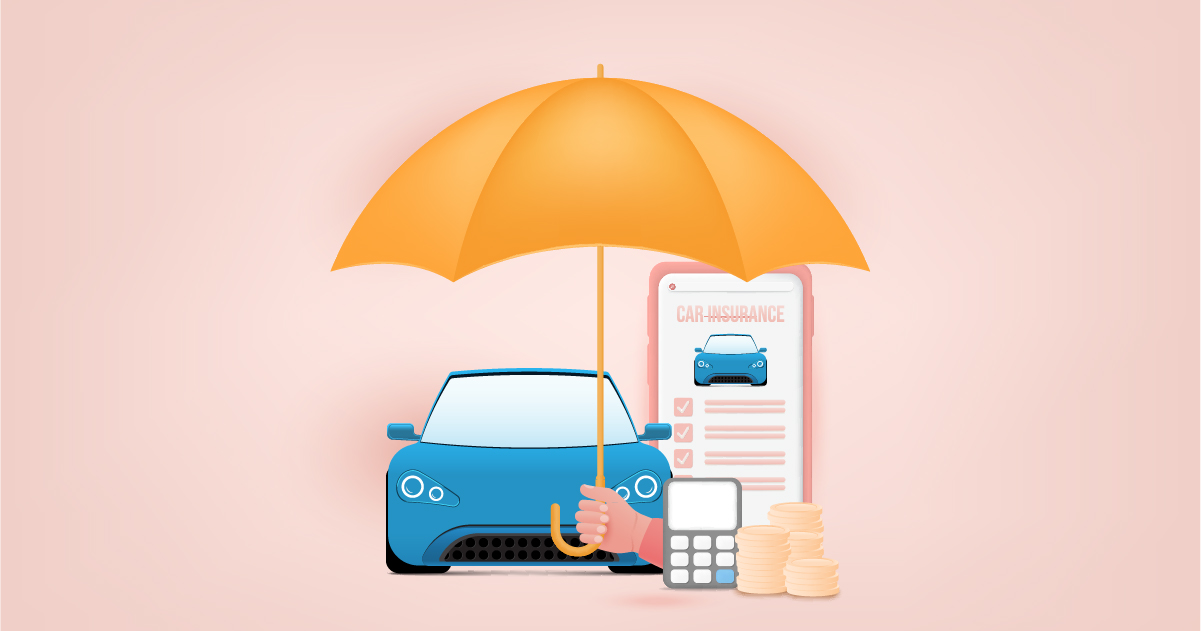Zero depreciation insurance, also known as “bumper-to-bumper” or “nil depreciation” cover, is an add-on feature available with comprehensive car insurance policies. It ensures that the insurer pays the full claim amount without factoring in the depreciation of car parts.
How It Works:
- Without zero depreciation: The insurance company deducts the depreciated value of replaced parts before settling the claim.
- With zero depreciation: The insurer covers the entire cost of new parts, without considering depreciation.
Example:
If your car’s bumper gets damaged and needs replacement, a regular policy will account for depreciation, whereas a zero depreciation policy will pay the entire cost of the new bumper.
Why Do Cars Depreciate?
The value of car parts naturally reduces over time due to wear and tear. Different components depreciate at different rates:
- Plastic and Fiber Parts: Depreciate at around 50%.
- Glass Components: Do not depreciate.
- Metal Parts: Depreciate between 20% to 30% per year.
- Rubber and Nylon Parts: Depreciate up to 50%.
As your car ages, the depreciation percentage increases, reducing the payout from a standard comprehensive policy.
Key Features of Zero Depreciation Insurance
- Full Claim Amount: No deductions for the depreciated value of parts.
- Covers Most Parts: Includes fiber, rubber, plastic, and metal components.
- Exclusions: Usually does not cover engine damage due to oil leakage or water ingression.
- Multiple Claims: Most insurers allow 2 zero-dep claims per policy term.
- Slightly Higher Premium: Costs around 15-20% more than a standard policy.
Pros of Zero Depreciation Insurance
1. Higher Claim Amount
- Covers the entire cost of replacing damaged parts without considering depreciation.
- Ideal for expensive parts like bumpers, headlights, and side mirrors.
- Reduces your out-of-pocket expenses significantly.
2. Best for New Cars
- Recommended for cars less than 5 years old.
- Ensures maximum value during the initial years when depreciation is high.
- Ideal for high-end or luxury cars where repair costs are substantial.
3. Peace of Mind
- Knowing that your insurer will cover the complete cost brings peace of mind.
- Reduces financial stress after accidents.
4. Enhanced Resale Value
- Cars with zero depreciation cover maintain higher resale value since repair costs are minimized.
- Minimizes the impact of accidents on your car’s market value.
Pro Tip: Opt for zero depreciation if your car is new, luxury, or frequently driven.
Cons of Zero Depreciation Insurance
1. Higher Premium
- Costs about 15-20% more than a regular comprehensive policy.
- Not ideal if your car’s market value has significantly depreciated.
2. Limited Claims
- Most insurers cap the number of claims (usually 2 per year).
- Subsequent claims may follow regular depreciation rules.
3. Exclusions and Conditions
- Does not cover engine damage due to oil leakage or flooding.
- Some policies exclude normal wear and tear or electrical/mechanical breakdowns.
4. Not Suitable for Old Cars
- As the car ages (usually beyond 5 years), insurers may not offer zero depreciation cover.
- Repair costs may exceed the car’s actual value, making the policy redundant.
Who Should Opt for Zero Depreciation Insurance?
Ideal for:
- New Car Owners: Maximum coverage for costly repairs.
- Luxury and High-End Car Owners: High repair and part replacement costs.
- Frequent Drivers: More prone to minor accidents and damages.
- Urban Commuters: Higher risk of collisions in congested areas.
- Inexperienced Drivers: New drivers are more likely to encounter minor accidents.
Not Ideal for:
- Old Cars (More than 5 years): Depreciation is already high, making the premium less worthwhile.
- Low-Value Vehicles: If the car’s market value is significantly lower, the extra premium may not justify the benefit.
- Minimal Use: Cars kept in garages and used occasionally.
Cost Comparison: Regular vs. Zero Depreciation
|
Car Model |
Regular Premium | Zero Dep Premium | Coverage Difference |
|---|---|---|---|
| Maruti Swift | ₹8,000 | ₹9,500 | +₹1,500 |
| Hyundai Creta | ₹12,000 | ₹14,500 | +₹2,500 |
| Honda City | ₹15,000 | ₹18,000 | +₹3,000 |
| Toyota Fortuner | ₹20,000 | ₹24,000 | +₹4,000 |
Pro Tip: Compare the difference in premium with potential savings on repair costs to evaluate if zero depreciation is worth it.
Final Verdict: Is Zero Depreciation Worth It?
Zero depreciation insurance is undeniably valuable if:
- Your car is new or less than 5 years old.
- You drive frequently, especially in high-traffic areas.
- You own a high-end car where part replacement is costly.
- You want comprehensive financial protection without worrying about depreciation.
However, if your car is old, rarely driven, or of lower market value, the higher premium may not be justified. In such cases, a standard comprehensive policy might be more practical.
Always assess your car’s age, usage, and repair cost potential before opting for zero depreciation. While it adds to your premium, the peace of mind and financial security it provides can often make it a worthy investment.

